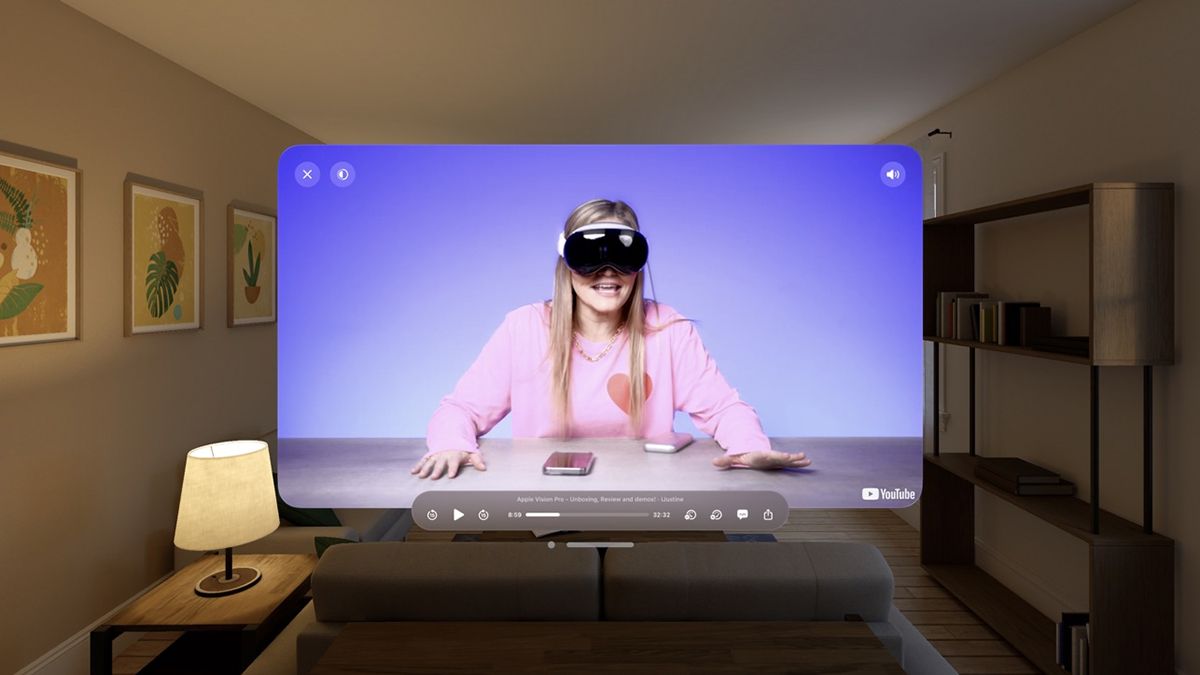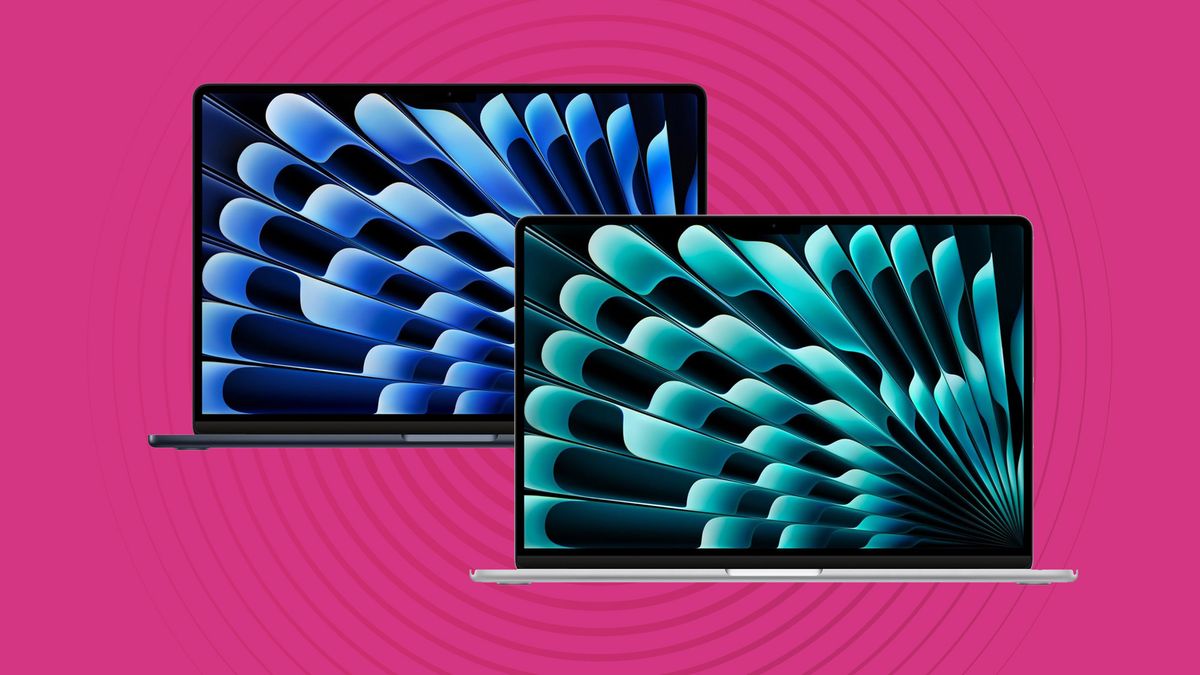The latest version of the Parallels Desktop app for Mac (version 20) just received a rather interesting update for macOS and Windows 11 fans. Parallels Desktop is an app that allows users to run Windows directly on their Mac devices. If you’re using one of the best MacBooks or Macs available right now, but want to use Windows apps that may not offer a macOS version, you might very well be in luck with this development.
Parallels Desktop for Mac version 20 is designed to work with Apple’s soon-to-be-released public release of macOS Sequoia (expected to be released on September 16), as well as the upcoming version of Windows 11, 24H2, which is also due out very soon. As it turns out, Parallels Desktop is currently the only way to run Windows 11 on newer Mac devices equipped with one of Apple’s Silicon chips (which are based on the Arm chip architecture).
Artificial Intelligence for the Mac User
If you’re intrigued by the emergence of consumer AI products on our personal devices, you’ll be interested to know that Parallels Desktop for Mac 20 will include a Parallels AI Pack. It’s designed for developers who want to work with AI tools and will be available to paid subscribers of the Business and Enterprise editions of Parallels Desktop for Mac.
If you get Parallels Desktop for Mac 20, you can enjoy improved and faster performance when using Windows programs alongside macOS apps on your Mac device. If you're using a Mac equipped with an Apple Silicon chip (M1 to M4), you can expect performance improvements of up to 80% for certain tasks you perform with Parallels.
This is apparently due to an additional boost thanks to a more efficient Prism emulator, developed by Microsoft, which allows Windows applications designed to run on x86 processing chips to be run on Arm-based chips. In these cases, Prism and Parallels work together to deliver fast performance of Windows 11 applications on Arm-based devices. Prism emulation was pioneered by a partnership between Microsoft and Qualcomm to offer the new Snapdragon X Elite Chips for Windows laptops, but thanks to Parallels, Apple fans can now benefit as well.
Working in parallel
If you're a Mac user and want to try Parallels Desktop, you'll need to purchase it for $129.99, or you can upgrade from a previous version if you've already purchased it. It's also offered as a subscription service for $99 per year for the standard edition, and there are other editions available for users looking for more specialized features and uses.
With Parallels Desktop for Mac 20, the focus on full macOS Sequoia support ensures a smooth experience for Mac users eager to upgrade to Apple’s latest operating system. What’s particularly interesting is how Microsoft’s Prism emulator, designed to improve the performance of older Windows apps on Arm-powered PCs, is now significantly boosting Apple Silicon-powered Macs to run those same legacy apps — something Microsoft likely never saw coming.
It’s a fascinating turn of events, one that could signal a future where Windows and macOS become more closely intertwined, giving users more choice than ever before when it comes to how they use the operating systems and their PCs in general. While Microsoft likely didn’t intend for Prism to become a key player in improving the performance of Windows apps on Apple hardware, I hope the two tech giants embrace it — because as we’ve seen historically, when Apple and Microsoft work together, magic can happen.









